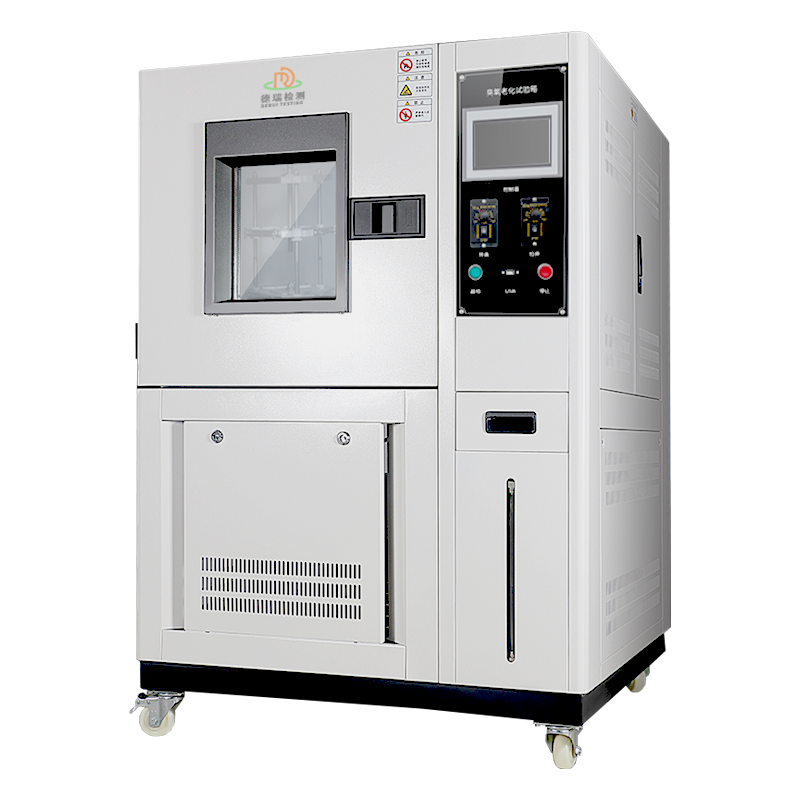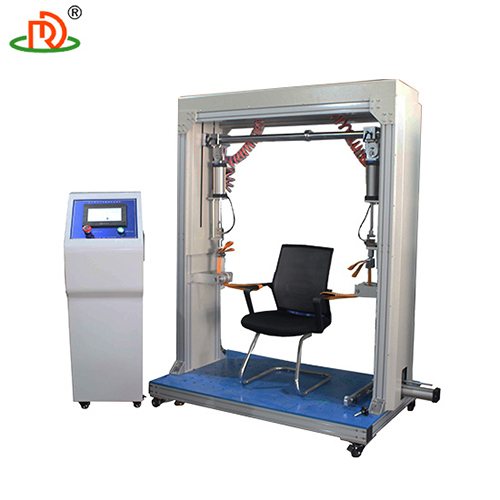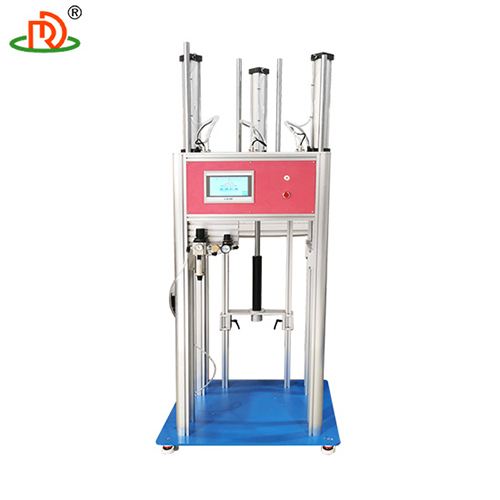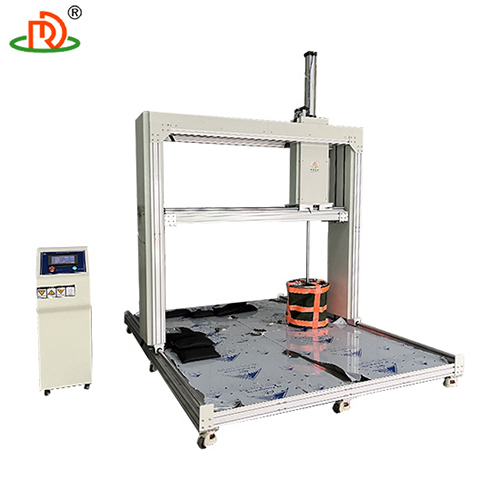
Cycloid trajectory dynamic ozone test chamber
338005.0 INR/Unit
Product Details:
X
Cycloid trajectory dynamic ozone test chamber Price And Quantity
- 338005.0 INR/Unit
- 1 Unit
Cycloid trajectory dynamic ozone test chamber Trade Information
- Cash in Advance (CID)
- 80 Unit Per Month
- 7 Days
- All India
Product Description
I. Technical core advantages
1. Simulate complex motion trajectories
Pendulum dynamic mode: support sinusoidal pendulum, trapezoidal wave, customized curve and other trajectories, the maximum pendulum amplitude ** 50 , frequency 0.1-10 Hz **. Accurately simulate the aging behavior of materials in the alternating environment of vibration and shock.
Multi-axis linkage control: Combined with ozone concentration (20-500 ppm), temperature (-40C-80C), humidity (20-95% RH) three parameters change in concert, to realize multi-stress coupled testing.
2. High-precision dynamic exposure
Synchronized movement and concentration control: the movement trajectory is 100% synchronized with the fluctuation of ozone concentration, avoiding the test deviation caused by uneven local concentration.
Repeat positioning accuracy: using optical encoder and closed-loop feedback system, repeat positioning error **0.01**.
3. Intelligent test management
AI-driven test optimization: Automatically adjust the pendulum parameters (such as amplitude and frequency) based on historical data, shortening the test cycle by up to 30%.
Experiment full life cycle traceability: support blockchain deposit and LIMS system docking, meet ISO 17025 laboratory management requirements.
Comparison of differentiation with traditional test chambers
Parameter item Pendulum track equipment Common dynamic equipment
Motion trajectory complexity Support sinusoidal, trapezoidal wave and other diverse trajectories Simple vibration or rotation only
Multi-axis control dimension X/Y/Z three-axis linkage (optional) single-axis or dual-axis control
Data sampling rate 100 Hz (high-speed capture of transients) 10-50 Hz
Sample compatibility Maximum load 20 kg/station 5 kg/station
Typical Application Scenarios
1. Automotive parts durability testing
Simulate the compound aging effect of automotive wiring harnesses and seals on bumpy roads (high-frequency vibration) and high ozone areas (such as industrial areas).
2. New energy battery safety verification
Test the thermal runaway risk prediction of lithium-ion battery module under oscillating vibration and ozone exposure.
3. Aerospace Material Screening
Evaluate the structural stability of composite materials under extreme temperature cycling (-55C-+125C) and ozone erosion.
Key Decision Points for Selection
1. Motion Control Requirements
Basic model: single-axis pendulum motion + basic ozone control (e.g. HT-BX300 from China).
Advanced model: three-axis linkage + temperature and humidity control (recommended Q-LAB QUV/BIOSYS series).
2. Material Adaptability
Large-size samples: choose the model with door opening size 600400mm (e.g. Binder KBF 500).
Precision electronic components: anti-static inner liner and low vibration base (e.g. Mezger ME-SPV series).
3. Matching of validation criteria
Automotive: GMW 3172 (ozone aging) + ISO 16750-3 (vibration testing).
Aerospace: RTCA DO-160G (environmental suitability).
Standard Features
| Item | Specification |
| Internal dimension | 450W*450D*500Hmm (100L) |
| Temperature range | RT+10~ 60 (suggest to use 402) |
| Temperature Fluctuation | 1 |
| Ozone concentration | 50~1000 pphm, adjustable (suggest to use 50pphm) |
| Ozone concentration deviation | 10% |
| Sample holder rotation | 360 degree rotation |
| Sample holder | 2pcs removable sample tray, SUS#304 stainless steel |
| Temperature controller | Programmable touch screen controller |
| Ozone concentration analysis | Concentration analysis meter |
| Ozone generator | High pressure silence discharge type |
| Protection system | Leakage, short circuit, over temperature, over heat |
Tell us about your requirement

Price:
Quantity
Select Unit
- 50
- 100
- 200
- 250
- 500
- 1000+
Additional detail
Mobile number
Email








 English
English Spanish
Spanish French
French German
German Italian
Italian Chinese (Simplified)
Chinese (Simplified) Japanese
Japanese Korean
Korean Arabic
Arabic Portuguese
Portuguese